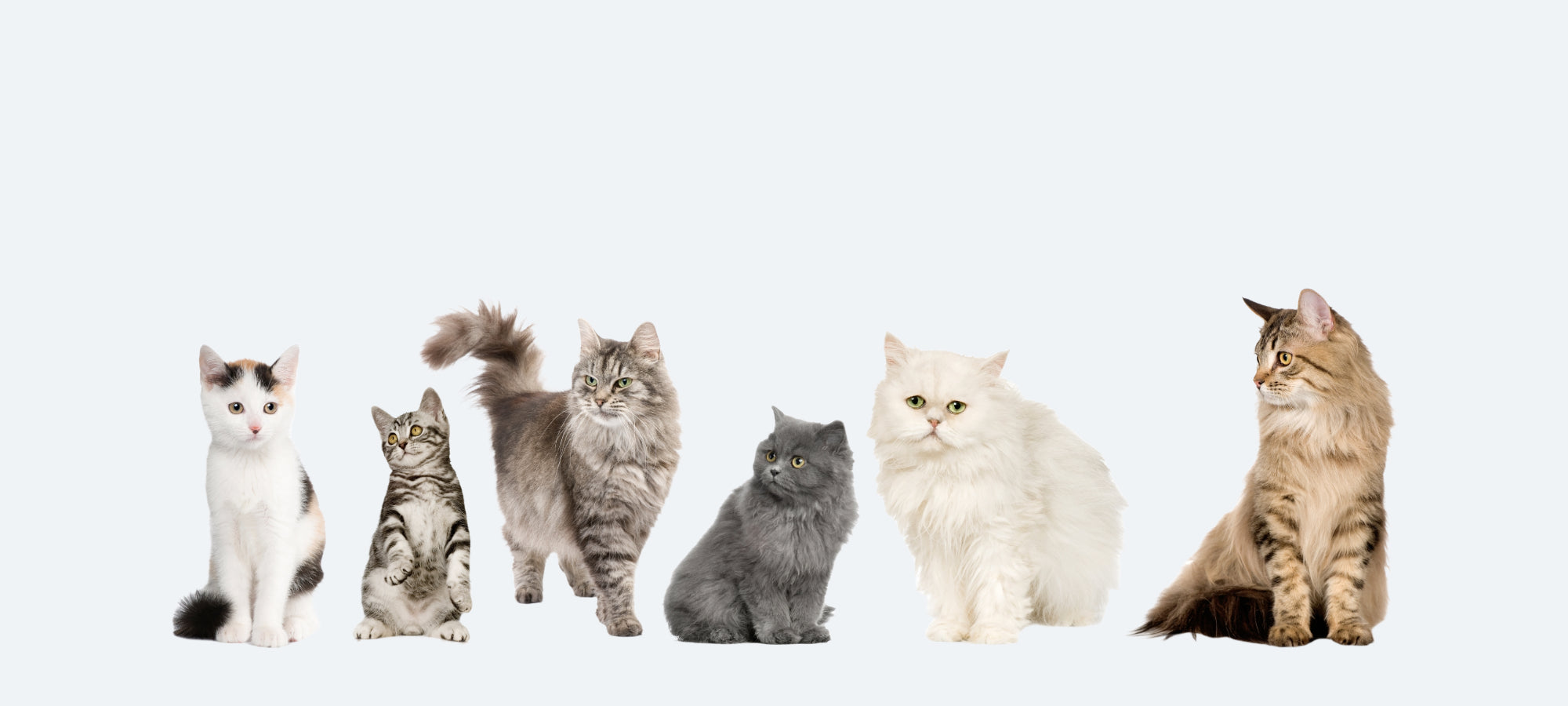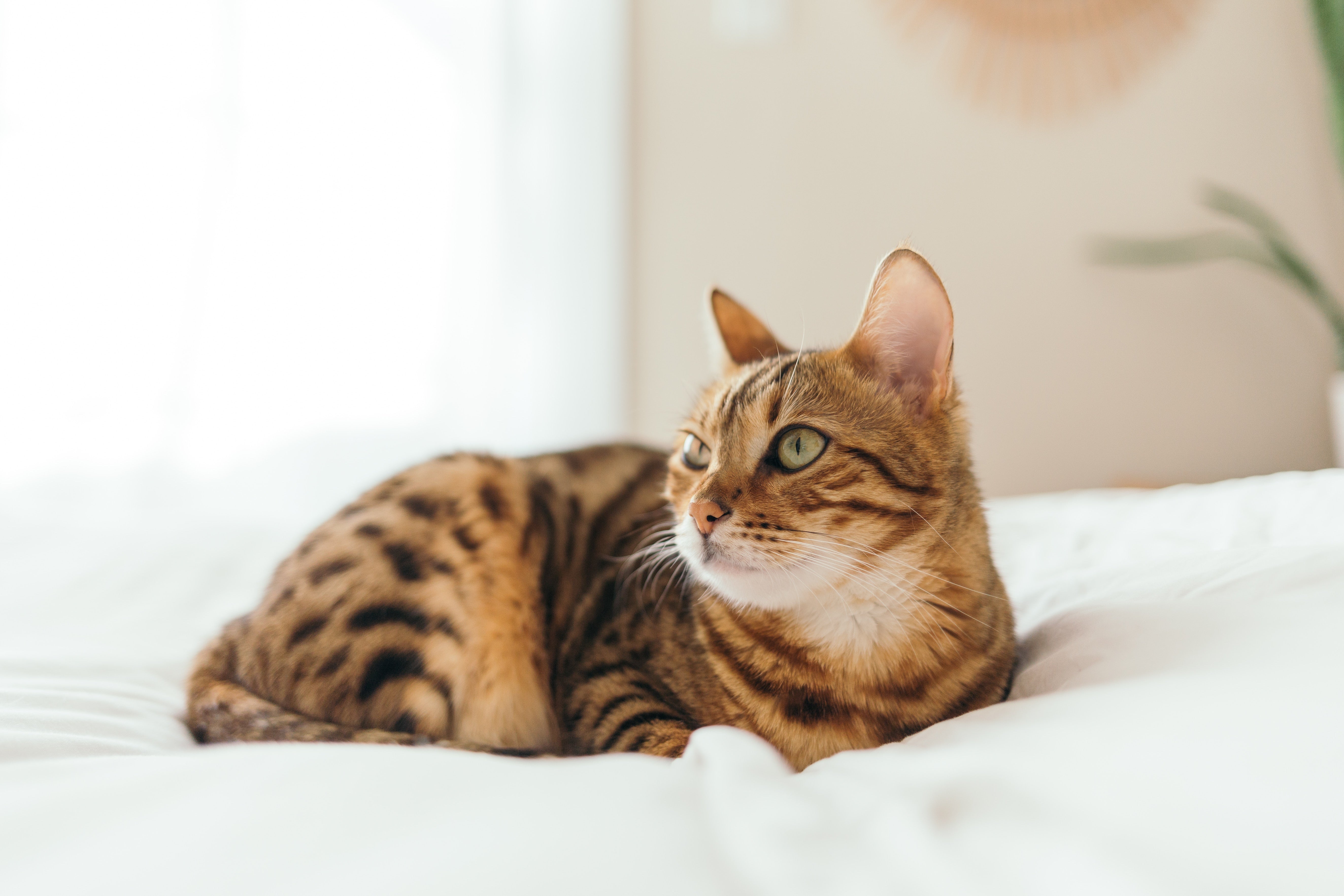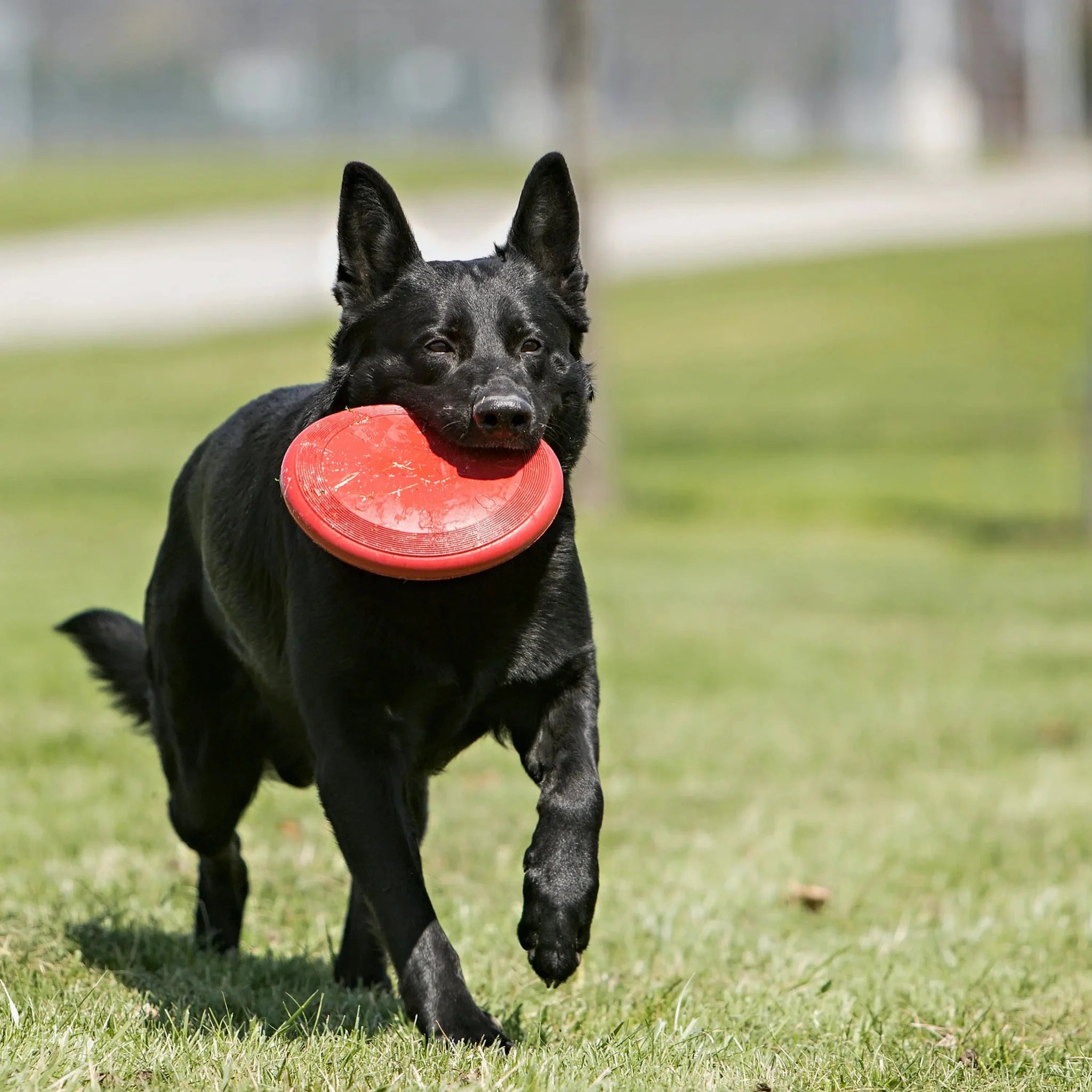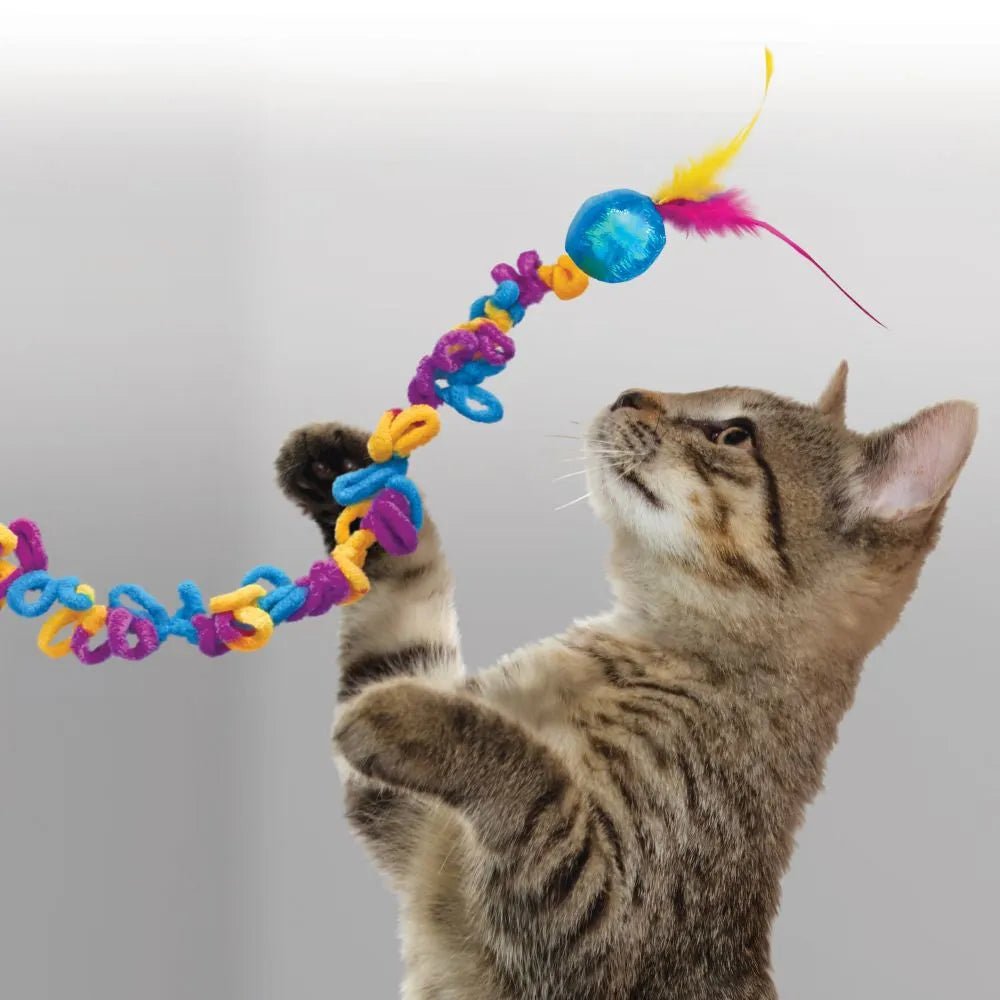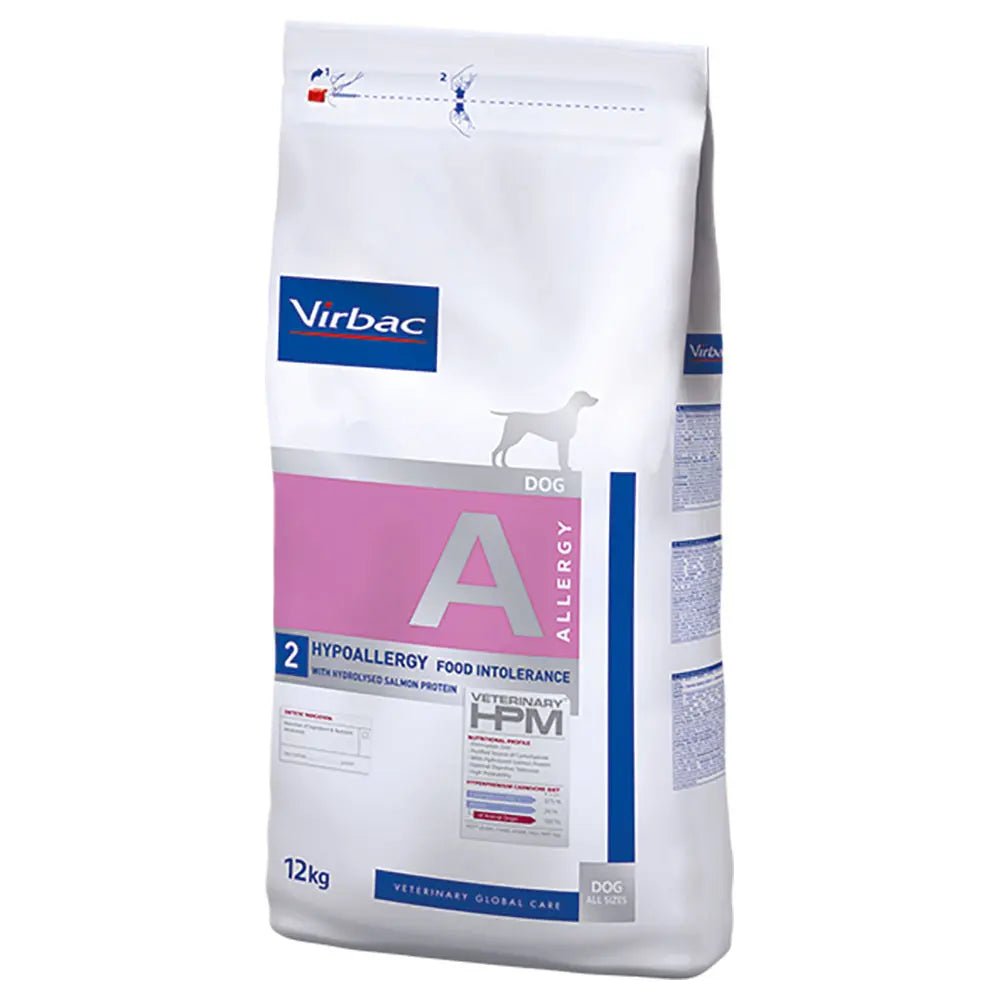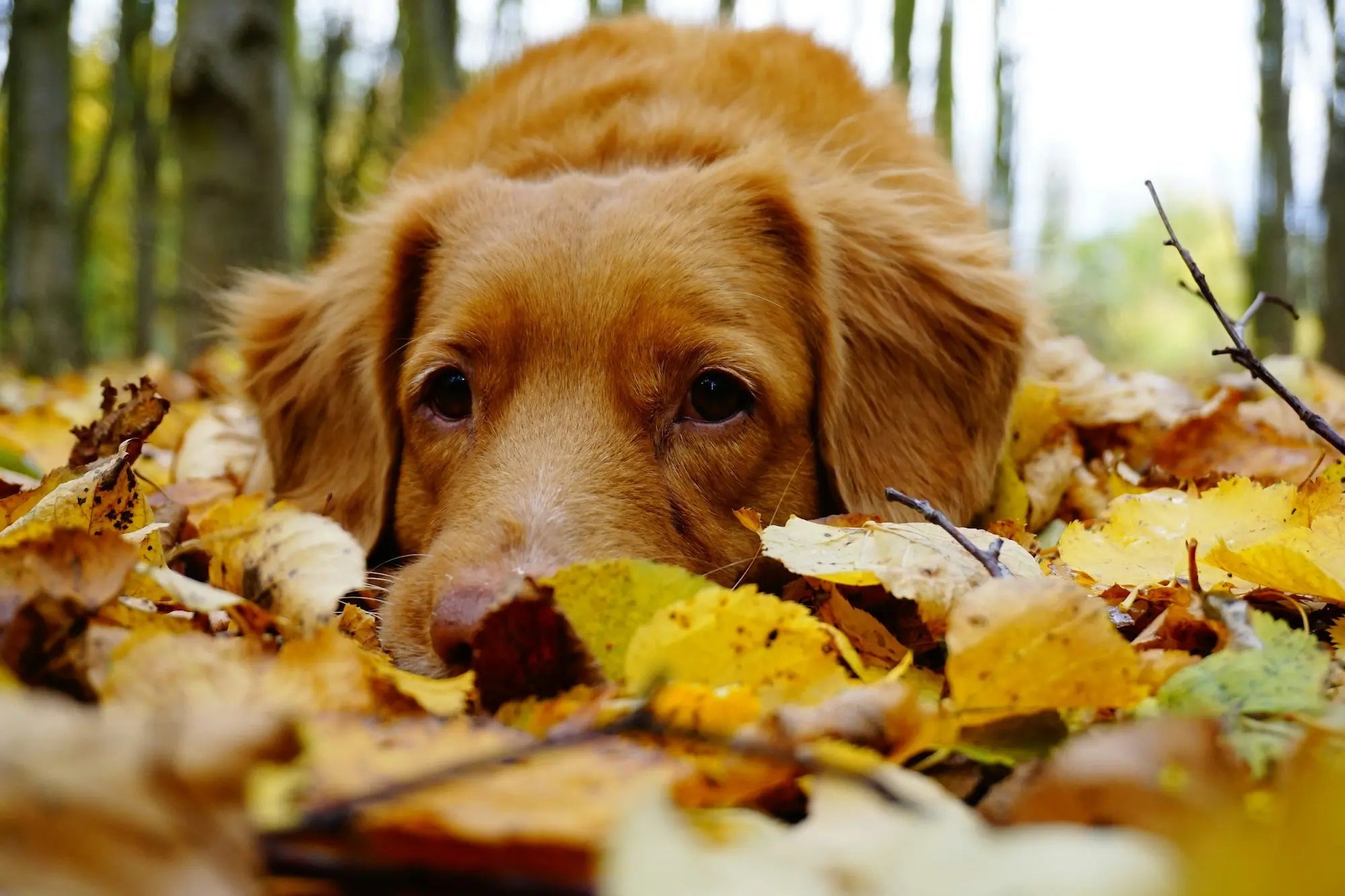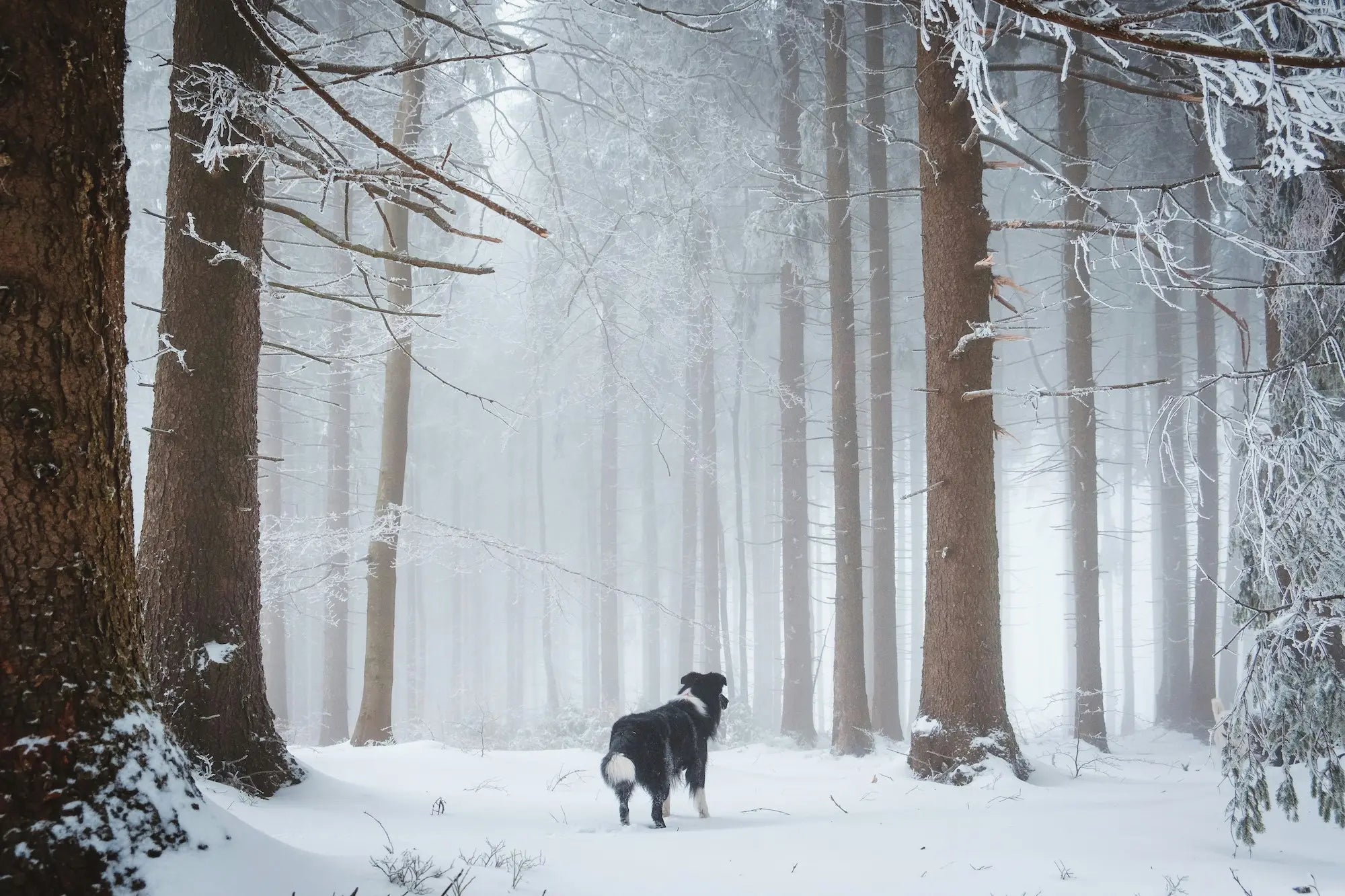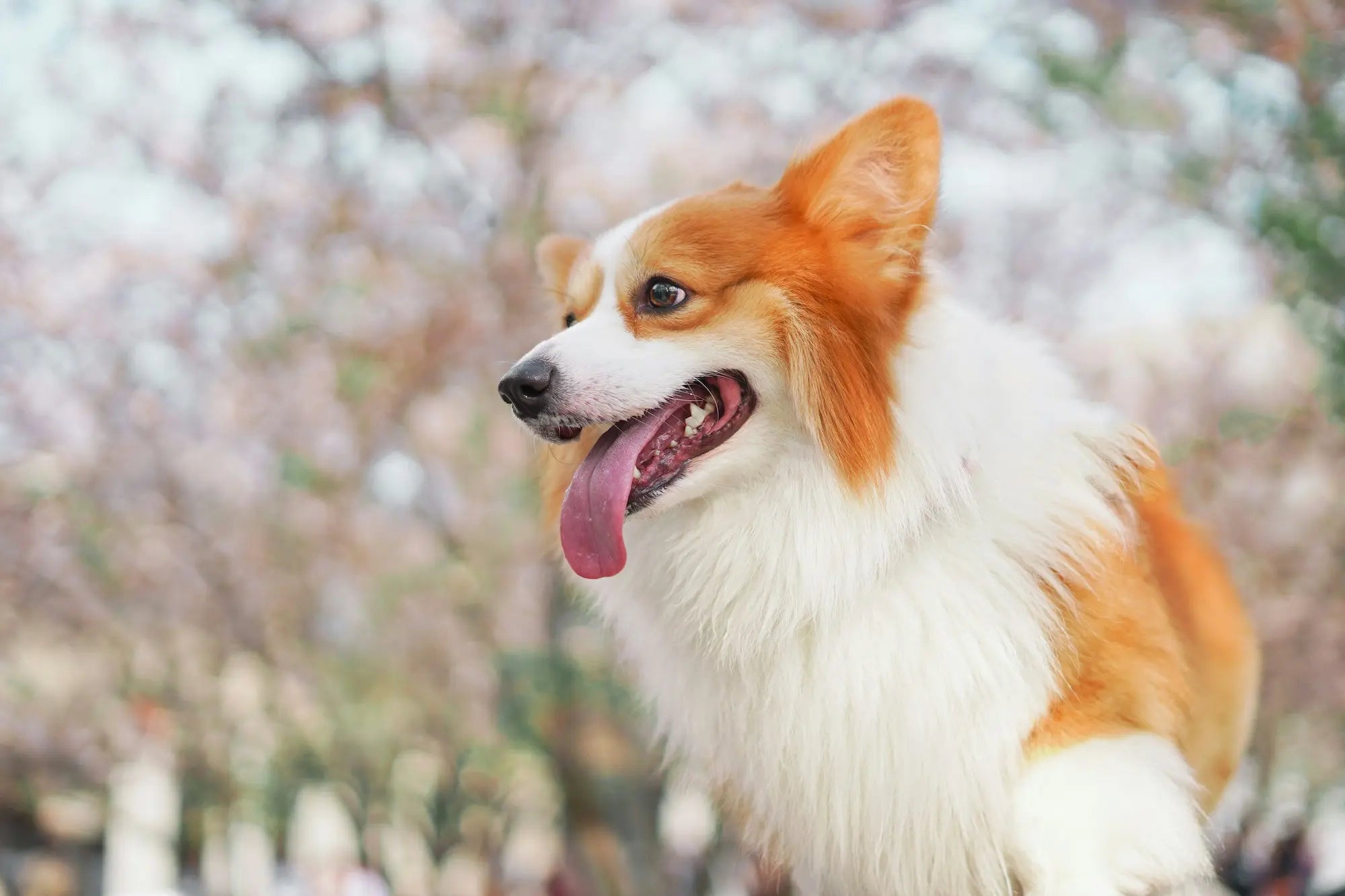Bengal cats, with their characteristic spots, are a beautiful hybrid cat with a cross between the wild Asian leopard cat. Are you wondering if a Bengal cat is the right cat breed for you? Read more about its personality characteristics, attention needs and health, as well as what you should consider in everyday life if you get a Bengal.
race facts

Child-friendly

Attention needs

Energy level

Talkativeness

Fur care

mowing
Facts about the breed
The beautiful Bengal cat, with its unmistakable spotted coat, is the result of breeding with its wild relatives. The name comes from the Latin name of the domesticated domestic cat, the South Asian leopard cat, Prionailurus bengalensis bengalensis.
Are Bengal cats legal in Norway?
As with the hybrid Savannah cat, there are several generations available, where the wilder the cat the more closely related the cat is to their undomesticated ancestors. Bengal cats from the fifth generation (F5) will be more suitable as pets, and are also the only generation and beyond that are legal to have in Norway.
What can you expect as an owner of a Bengal cat?
Personality
Personality
Bengal cats are considered to be very intelligent and intelligent. They pick up on clicker training quickly and will enjoy the attention and challenge it gives you. They are also known to love water, so don't be surprised if they splash all the water out of the cat bowl or want to join you in the shower! Bengal cats are confident and usually get along well with everyone in the family, such as children and dogs. Bengal cats know how to express themselves vocally, and can communicate with chirps, growls and loud meows. Although they require a lot of your time, they are not typical cuddle cats.
Energy and attention needs
Energy and attention needs
Due to their crossbreeding, the Bengal is a cat with a very high activity level. You will never have a dull moment with your Bengal cat, as they require a lot of attention, both physically and mentally. If they do not get enough stimulation, they can quickly become bored and show behavioral problems. If you want a Bengal cat, you should give it plenty of time outdoors with a cat harness in an environment with opportunities to play, scratch and climb. Since they are so social and full of energy, it is recommended to keep them with another equally active breed of cat.
Health
Health
Size and appearance
With an athletic and agile build, the Bengal has long, muscular legs and a wild appearance. Its coat is made up of spots, or rosettes, like its wild ancestors. Many Bengal cats have stripes on their legs, and come in basic colors of brown, rust, orange and gold with white or cream undersides.
Weight
The medium-sized Bengal cat weighs around 3.5 - 7 kg, with male cats being on the heavier end of the scale.
Lifespan
15 - 16 years
Hereditary diseases
Known hereditary diseases in a Bengal are progressive retinal atrophy which can lead to blindness, pyruvate kinase deficiency, hypertrophic cardiomyopathy, hip dysplasia and flat chested kitten syndrome.
Fur care
Fur care
The Bengal's short coat requires very little grooming, but can be brushed a couple of times a week to reduce cat hair on clothes and furniture. No cat is completely allergy-free, but many find that a Bengal cat can be more allergy-friendly than other cat breeds.
Food and nutrition
Food and nutrition
When choosing cat food for a Bengal, you should choose a type of food that is suited to the cat's health and active lifestyle. As they have some breed-specific diseases, you should make sure you feed them a high-quality, high-quality food, such as one specially formulated for the breed. As with all cats, they should always have access to clean, fresh water.
If you want to become the owner of a Bengal cat, you should make sure to find a reputable breeder. How much a kitten costs will vary, but you can expect a price of between 10,000 - 20,000 NOK for a Bengal kitten.
Having purebred cats as pets has become very popular, but unfortunately this has resulted in many unscrupulous breeders who engage in unethical breeding for profit. Therefore, it is important for you as a buyer to get information about how the cat was bred so that you do not contribute to cats with hereditary and serious diseases being born. If a purebred cat is sold without a pedigree, you will never know whether the kitten has been stolen, or whether illegal trade has taken place.
A serious breeder in a federation must follow strict requirements for animal welfare and health. Good breeders will also demand something from you to ensure that the cat has a good life. Remember to check if the breeder is registered through the Norwegian Cat Breeders' Association (NRR) / FIFe / TICA and that the pedigree, health certificate (and possibly the purchase contract and vaccination card/veterinary passport) are included.
